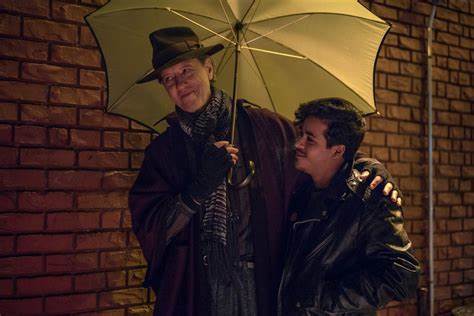This is Peta Bee:
A little while back she had a piece in the Times Weekend Section – ‘Why walking is the best midlife exercise. Peta Bee on how many steps you really need.’
It was variations on the usual flannel – ‘Improve the scenery to improve your pace,’ ‘Walk faster,’ ‘Complement walking with weights,’ - but there was an interesting part in which she quoted someone called Thomas Yates who is – wait for it - a professor in ‘physical activity, sedentary behavior and health.’ Imagine that. I suppose later in his career he may become a professor just of sitting about.
The quotation runs as follows, ‘If you are someone who is very sedentary then increasing you daily walk by 500 steps or just aiming for five minutes of continuous walking would be enough to provide a reasonable health boost.’
You see that. You don’t actually have to DO it. You just have for AIM to do it.
However, according to a sign currently displayed at the Barbican Centre, the government takes a different view –
They say you need ‘a daily walk lasting 20 minutes or more to reduce the risk of heart disease,’ though they don’t say how MUCH more than 20 minutes. And of course it doesn’t say you actually reduce heart disease, just RISK or heart disease.
Now, if you find yourself between trains at Chelmsford station, as I did recently, you’ll have the time to walk from one end of the platform to the other. In fact you’ll have time to walk from the middle, where the platform entrance is, to one end, back to the middle, down to the other end and back to the middle again.
I’d estimate that the platform is 250 yards long, so that’s your 500 steps right there, though it seemed to take me longer than 5 minutes.
In fact if you’re at Chelmsford station and your train is cancelled you’ve got a good half hour to walk back and forth, do you 500 steps and then a great many more. That must begged for your health, though that's not why I walk.
And at the southern end of the platform there was a sign, in fact a use of language, in fact a concept, that I’d never seen before:
‘Cess path continues at other end of platform.’
I'd never seen the term 'cess path' before. It was the kind of thing that makes a walk worthwhile. Strange that it's not a category of experience mentioned in Peta Bee’s article.





























